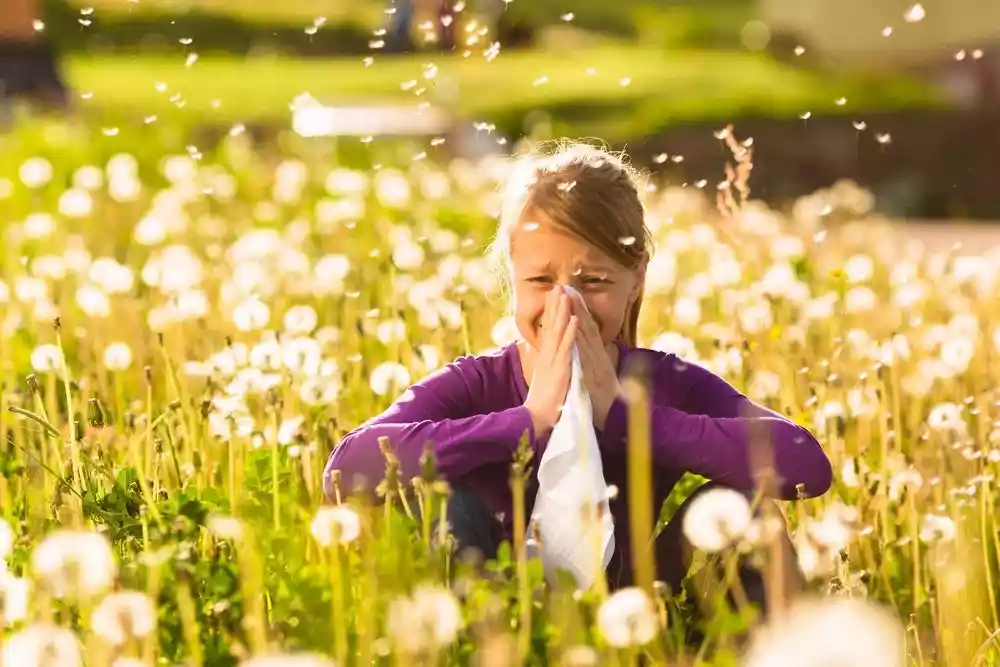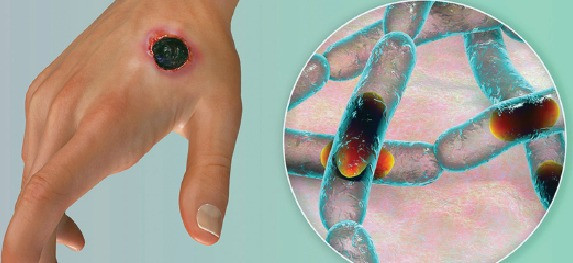
HAY fever is one of the most commonly misunderstood conditions in Zimbabwe, often mistaken for a lingering cold that refuses to go away. Many people suffer through weeks of sneezing, congestion and fatigue, assuming they have caught a stubborn virus.
However, Cimas Health Group’s Tafadzwa Mungiria, explained that hay fever is often misdiagnosed. People think they have a cold, but what they are actually experiencing is an allergic reaction to environmental triggers.
This confusion stems from the fact that hay fever, also known as allergic rhinitis, shares many symptoms with the common cold. Both can cause a runny nose, sneezing, nasal congestion or stuffy nose, coughing and postnasal drip.
Unlike a cold, hay fever does not cause a fever. A cold typically develops one to three days after exposure to a virus and lasts between three and seven days.
Hay fever, on the other hand, begins immediately after exposure to allergens and persists for as long as the exposure continues, usually weeks to months.
The allergens responsible for hay fever are varied and often invisible.
Tree pollen, grass pollen, dust mites, cockroach particles, animal dander and pet saliva are among the most common culprits. Fungi and mould spores also play a role, especially in damp environments.
“When the body encounters these harmless substances, the immune system mistakenly identifies them as threats and releases histamine and other chemicals into the bloodstream. The histamine causes blood vessels to dilate leading to increased mucus production, swelling, nasal congestion, itching and sneezing. These are the symptoms we associate with hay fever,” he explained.
- Cimas to invest US$8m in infrastructure…as it targets medical tourism market
- Cimas gives rural pupils a treat
- Cimas expands services in Mat’land
- Cimas feasts amid crisis
Keep Reading
The other symptoms include watery or itchy eyes, sinus pressure, an itchy nose or throat and even fatigue. In some cases, individuals may develop bluish, swollen skin under the eyes. This is an indicative sign of chronic allergic rhinitis.
Hay fever can strike at any time of year, though it tends to peak during seasons when pollen counts are high. In Zimbabwe, this often coincides with the blooming of certain trees and grasses.
However, indoor allergens such as dust mites and pet dander mean that sufferers may experience symptoms year-round.
Hay fever is more likely to affect individuals with a family history of allergies, asthma or eczema.
Children whose mothers smoked during their first year of life are also at increased risk.
“We see a lot of cases where people live or work in environments with constant allergen exposure. Pet owners, for example, may not realise that their furry companions are contributing to their symptoms,” Mungiria added.
The impact of hay fever on daily life can be profound. It disrupts sleep, reduces concentration and can lead to irritability and exhaustion. In children, it may contribute to ear infections and behavioural changes due to poor rest.
In adults, it can exacerbate asthma symptoms and increase susceptibility to sinusitis.
“Hay fever is not just a nuisance. It can seriously affect productivity and quality of life. People miss work, struggle in meetings and feel constantly run down,” Dr Mungiria highlighted.
Despite its persistence, hay fever is treatable. Antihistamines are a common first-line remedy. Available in pill form, nasal sprays and eye drops, they help relieve sneezing, itching and runny nose/stuffy nose.
However, they are less effective against nasal congestion. Nasal corticosteroids are often more powerful, reducing inflammation and providing long-term relief.
“These sprays are safe for extended use and are frequently the first medication we prescribe,” Mungiria explained.
He went on to say decongestants, available as tablets, liquids or nasal sprays, can also help, though they may cause side effects such as increased blood pressure, headaches, insomnia and irritability. For many patients, a combination of treatments works best, especially during peak allergy seasons.
Understanding the cause of one’s hay fever is key to managing it. While complete avoidance of allergens may be impossible, reducing exposure can make a significant difference.
During pollen season, keeping windows and doors closed is advisable.
Pollen can cling to laundry, so it is best not to hang sheets and towels outside. In cars, using air conditioning instead of opening windows can help.
Pollen counts are typically highest in the early morning, making that a poor time for outdoor activities.
Dry, windy days also pose a risk, as allergens are more easily dispersed.
Indoor allergens require a different strategy. If symptoms worsen indoors, dust mites or pet dander may be to blame. Washing bedding in hot water, at least 54 degrees Celsius, can kill dust mites.
Fixing leaks also prevents growth of mold. Regular vacuuming of carpets and upholstery also helps.
If pets are the source, keeping them outdoors and off furniture is recommended. Those affected are also advised to keep pets out of the bedroom entirely. It is one of the simplest ways to reduce exposure.
Cockroach allergens can be addressed by maintaining cleanliness and ensuring no food crumbs are left on floors or countertops.
“For mild cases, over-the-counter medication may suffice. But when symptoms are severe or persistent, professional medical advice is essential.
“Not all medications are suitable for children. Parents should consult a doctor before administering treatment to young ones. In clinical settings, doctors can tailor treatment plans to individual needs, rule out other conditions and monitor for side effects,” Mungiria added.
Hay fever remains a largely under-recognised condition in Zimbabwe, despite its widespread impact.
Public awareness campaigns and better access to allergy testing could help more people identify and manage their symptoms.
Mungiria noted that health education is key. Health education plays a crucial role in managing hay fever effectively. Learning ways to minimise exposure to allergens, such as staying indoors during peak pollen seasons.
Effective management of hay fever can significantly reduce symptoms and improve daily life.
By managing symptoms, individuals can maintain their daily activities and productivity. Health education can help prevent complications, such as sinusitis or asthma, by promoting proper management of hay fever.
Educated individuals can make informed decisions about their treatment, improving adherence and reducing healthcare costs.
“With proper treatment and lifestyle adjustments, those who suffer from hay fever can reclaim their comfort and productivity, even during the most allergen-heavy seasons,” Mungiria added.
- The information in this article is provided as a public service by the Cimas iGo Wellness programme, which is designed to promote good health. It is provided for general information only and should not be construed as medical advice. Readers should consult their doctor or clinic on any matter related to their health or the treatment of any health problem. — [email protected]/ WhatsApp: 0772 161 829/ phone 024-2773 0663.











